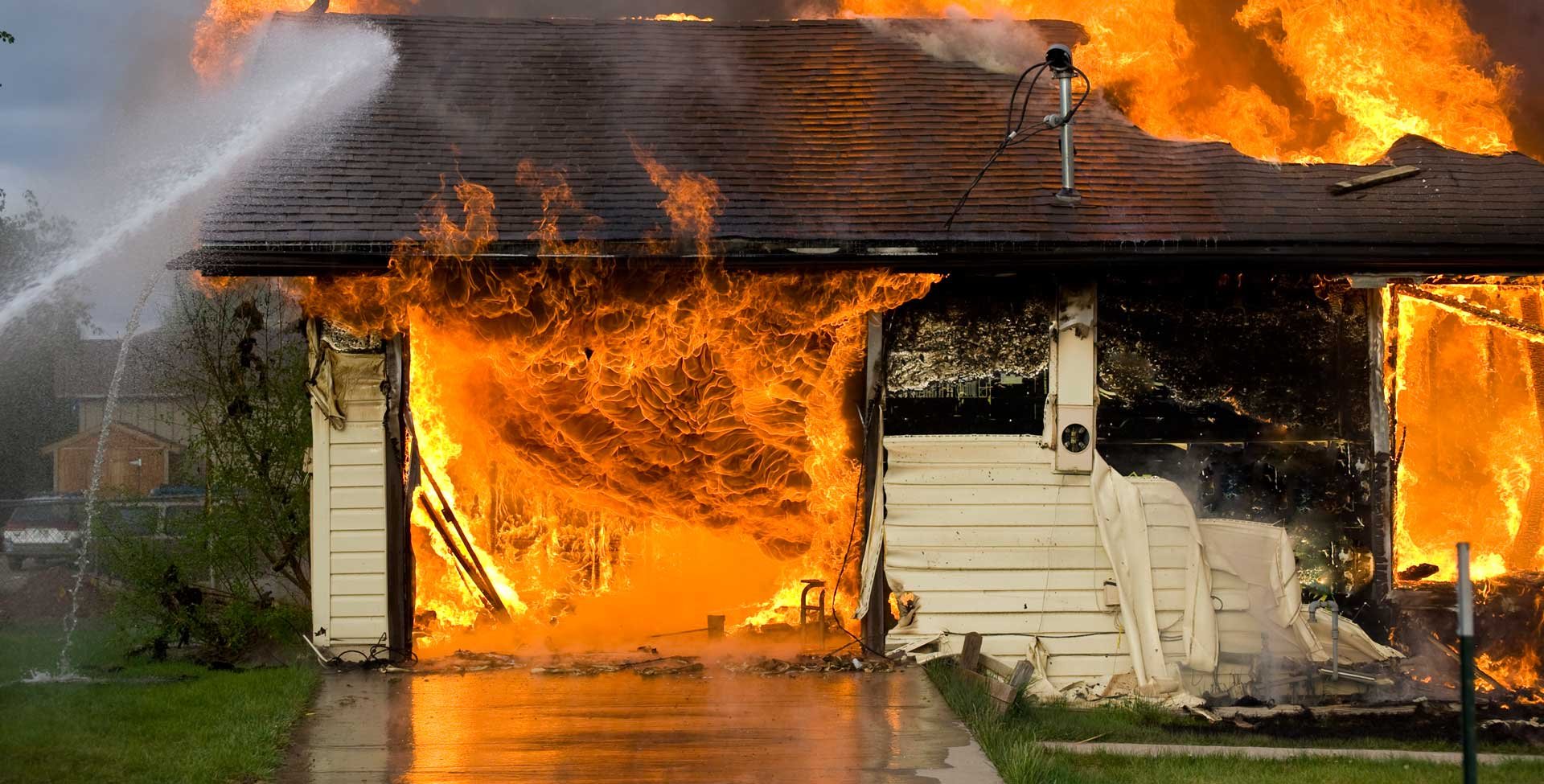The 2-Minute Rule for Dry Star Restoration
The 2-Minute Rule for Dry Star Restoration
Blog Article
5 Easy Facts About Dry Star Restoration Described
Table of ContentsSome Of Dry Star RestorationDry Star Restoration Fundamentals ExplainedDry Star Restoration Fundamentals ExplainedIndicators on Dry Star Restoration You Need To KnowDry Star Restoration Things To Know Before You Buy
Particularly in winter season, home heating systems are a common fire risk. Damaged wiring or positioning heaters as well close to combustible products like curtains can spark a fire.
Products like motor oil or cleansing fluids can spark under particular conditions. Constantly shop these things properly and away from warmth resources. water damage restoration company near me. Data: According to the National Fire Protection Association, home chemicals are responsible for a significant percent of home fires annually. By recognizing these typical reasons, you can take actions to make your home safer.
Excitement About Dry Star Restoration

Secret issues consist of: Water Invasion: Water can seep right into walls, floorings, and furniture. This can damage the architectural integrity of your home. Build Growth: If water is not dried out swiftly, mold can begin to grow within 24-48 hours. Mold and mildew can cause health problems and additional damages to your building. Architectural Weakening: Water can deteriorate wood structures and create metal components to rust, making your home unsafe.
It's critical to attend to all these aspects to fully recover your home. Next off, we will certainly study the actions included in the fire damage remediation process. Fire restoration is the process of cleansing, repairing, and restoring a building that has been harmed by fire. The goal is to return the residential property to its pre-loss condition, suggesting it looks and works as it did before the fire.
What Does Dry Star Restoration Mean?
Particles Removal and Demolition: Harmed products are safely removed, and any kind of unsafe compounds like asbestos are handled suitably. Fire damage includes several kinds of damage to a residential property: Physical Damages: This consists of charring, blackening, and disintegration of products straight affected by the fire.
Water Damages: Water utilized to extinguish the fire can bring about structural weakening and mold and mildew development if not correctly taken care of. Fire restoration experts make use of specialized techniques and devices to resolve all these types of damage, making certain the home is secure and livable once more. Next off, we will study the actions entailed in the fire damages remediation procedure.
From advanced water extraction tools to specialized devices for smoke and soot removal, we have the resources needed to recover your residential or commercial property to its pre-loss condition. Our methods are created to be thorough and efficient, reducing additional damage and accelerating the healing procedure. Our group is composed of licensed technicians who are experts in fire damage restoration.
Dry Star Restoration Can Be Fun For Everyone
Their expertise makes certain that every job is done right, giving you with peace of mind throughout a difficult time. We're right here to help you recover your home and your life after the fire.
(https://dryst4rrstrtn.bandcamp.com/album/dry-star-restoration)If there's a fire, smoke is sure to comply with. While the fire's he said smoke is composed of components that make your home harmful to be in, the damages smoke leaves behind doesn't quit there. Smoke will certainly float to seemingly every component of your home, staying with furniture, decoration, curtains, wall surfaces, ceilings, floors, and more.
The water will certainly soak right into the charred materials and spread out to other locations of the home unaffected by the fire. If left uncontrolled or missed throughout fire damage reconstruction, the water damages will just aggravate with time and can lead to mold and mildew growth, safety problems for your home's structure, and unattractive appearances around your area, consisting of distorted floor covering, peeling paint, and noticeable discolorations.
Things about Dry Star Restoration
Water reduction is frequently the primary step of the fire, smoke, and water damage remediation process after a damage analysis has actually been finished. This resolves the water damages head-on and includes steps to avoid more problems for your space before, throughout, and after reconstruction. Evaluation and damages assessment to evaluate the degree of water damageIsolation of water damages to influenced locations to prohibit water from infecting dry areasInspection of your home's foundation for architectural stabilityExtraction of any kind of standing water from the propertyStructural drying out with commercial-grade equipmentSite cleanup that will eliminate debris, pack out salvageable material for remediation, and give way for repair servicesWe'll also complete added damages reduction by boarding up busted home windows and doors, using tarps to holes in roofing systems, and completing other actions to protect against added damages and dangers to your home while the repair services are taking area.
The majority of terms and summaries utilized by water and fire damage restoration professionals are relatively self-explanatory. The checklist of terms listed below must be of assistance when you're interacting with the business you've employed. Any type of action taken to avoid the growth and spreading of fungus, mold, mold, and spores. This can include making use of solvents or chemicals as ingredients or barriers on building products to avoid fungi growth.
Report this page